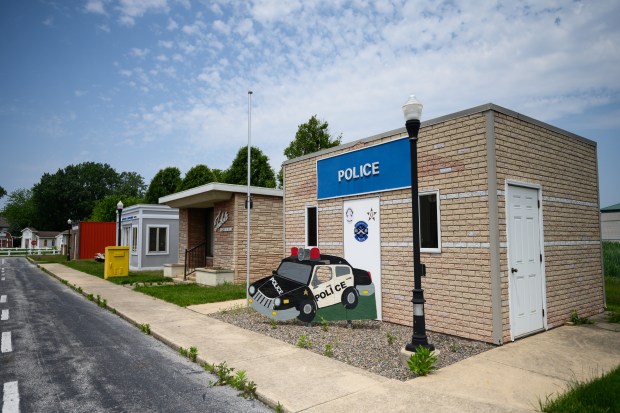NIPSCO customers who use natural gas for heating and cooking will begin paying more in August, the utility announced Wednesday.
The Indiana Utility Regulatory Commission (IURC) recently approved the higher gas rates for Northern Indiana Public Service Co. customers.
NIPSCO applied for the rate increase last October.
The new rates will take effect in two steps, first in August and then in the first quarter of next year.
NIPSCO said the average residential customer who uses 72 therms per month will see about a $5 per month increase, about 7.1%.
The utility noted that the increase is less than it asked for originally.
The impact of the new rates depends on how much gas the customer uses. The costs for non-residential customers also will vary.
In October 2023, NIPSCO asked state regulators for about a 10.6% gas rate increase, saying it needed to raise its natural gas revenue by $161.9 million a year. Its previous gas rate increase was in 2022.
This spring, NIPSCO and several groups opposed to the rate increase agreed that the utility should get about 75% of its original request. That proposed settlement was presented then to the IURC.
The agreement also includes an increase in NIPSCO’s contribution to its Customer Assistance to Residential Energy (CARE) Discount program, which provides discounts to customers enrolled in the Low Income Home Energy Assistance Program (LIHEAP).
LIHEAP is available for households at or below 60% of the state median income. The program begins Oct. 1 for online and mail-in applications. More information is available from eap.iheda.in.gov or by calling 2-1-1.
NIPSCO’s announcement Wednesday said the additional revenue from the rate increase will help pay for $1.1 billion in upgrades to its system this year.
Vince Parisi, NIPSCO’s president and chief operating officer, said in a news release that the new rate revenue “supports the continuous service and infrastructure improvements required to replace older parts of our system, reducing potential risks and improving the reliability and safety of our natural gas system.”
Tim Zorn is a freelance reporter for the Post-Tribune.



